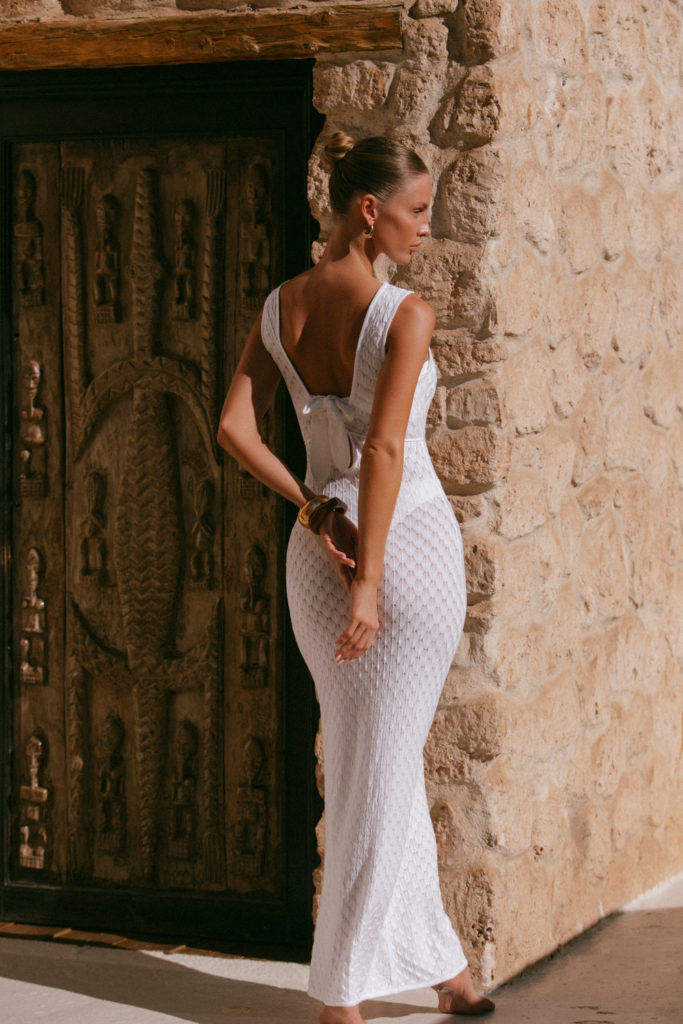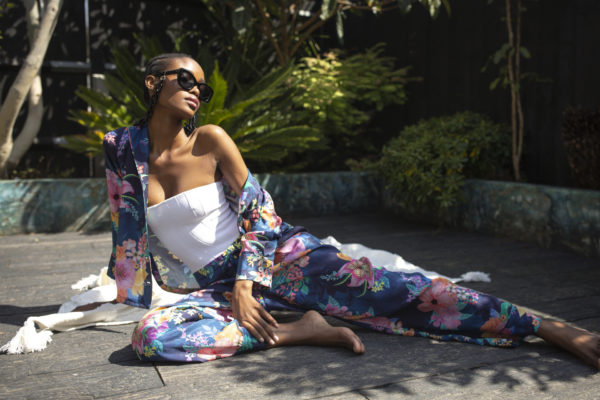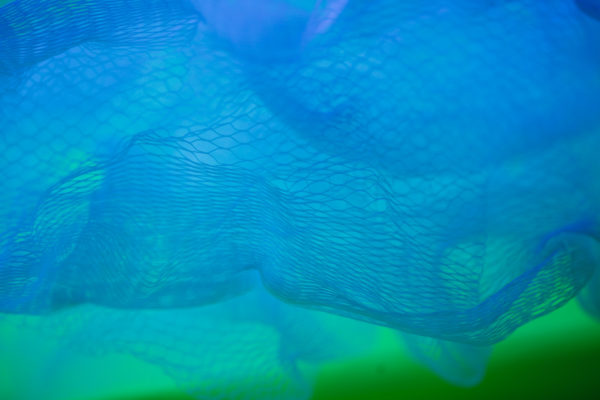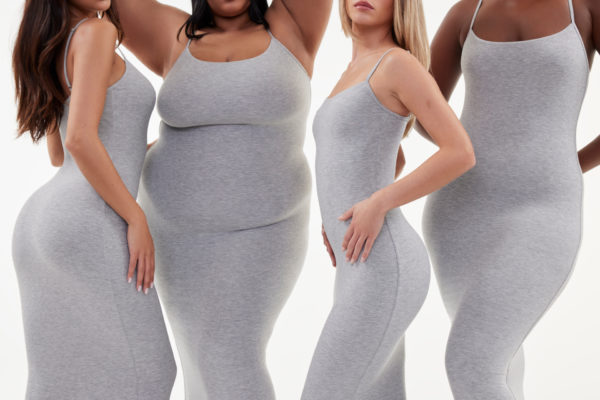A Guide To Sustainable Silk
By
2 years ago
Unravelling the mystery of sustainable silk
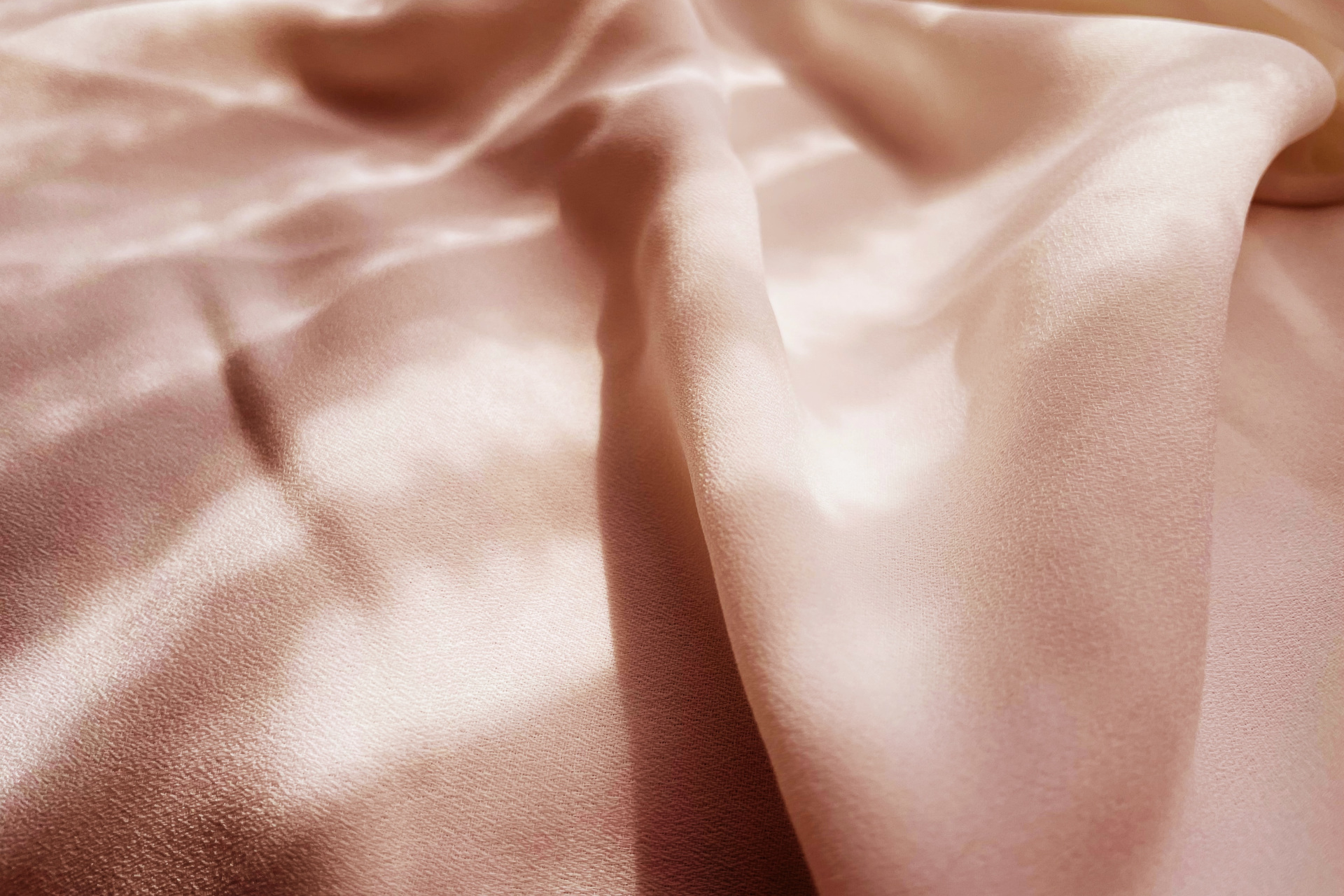
You’ve switched to vegan leather, and all your leggings are made from plastic bottles; but what about silk? This ancient fabric has been a symbol of wealth and luxury for over 5,000 years. But today, shady working practices and cruel production methods make silk an ethical nightmare. So, why is it so bad? And what eco-friendly alternatives are out there?
A Guide To Sustainable Silk
Is silk bad for the environment?
There’s no denying silk is biodegradable, and that it needs much less water and chemical dying than fabrics like cotton. That said, traditional silk making is far from cruelty free. Silkworms are boiled alive to prevent them from climbing out of and damaging their precious silk cocoons, which manufacturers will then take and spin into thread. According to PETA, 6,600 silkworms are killed to make just one kilogram of silk, which means for a single silk pillowcase you’d have to kill thousands of silkworms. Not such an easy night’s sleep after all.
And it’s not just the silkworms who are suffering. Human Rights Watch reported that ‘hundreds of thousands of children toil as virtual slaves’ in India’s silk industry, where they’re exposed to the poisonous toxins and fumes used to boil cocoons. Unsurprisingly, these materials also take their toll on the environment. Due to the vast amounts of energy used to grow mulberry trees (the silkworms’ natural habitat), the Higg Index ranks silk as one of the most environmentally damaging fabrics.
‘The only truly cruelty-free options are those that aren’t derived from animals,’ says PETA. ‘Fortunately, there are many luxurious animal-friendly fabrics available.’ With these ethical options, you don’t have to choose between looking silky smooth and doing the right thing.
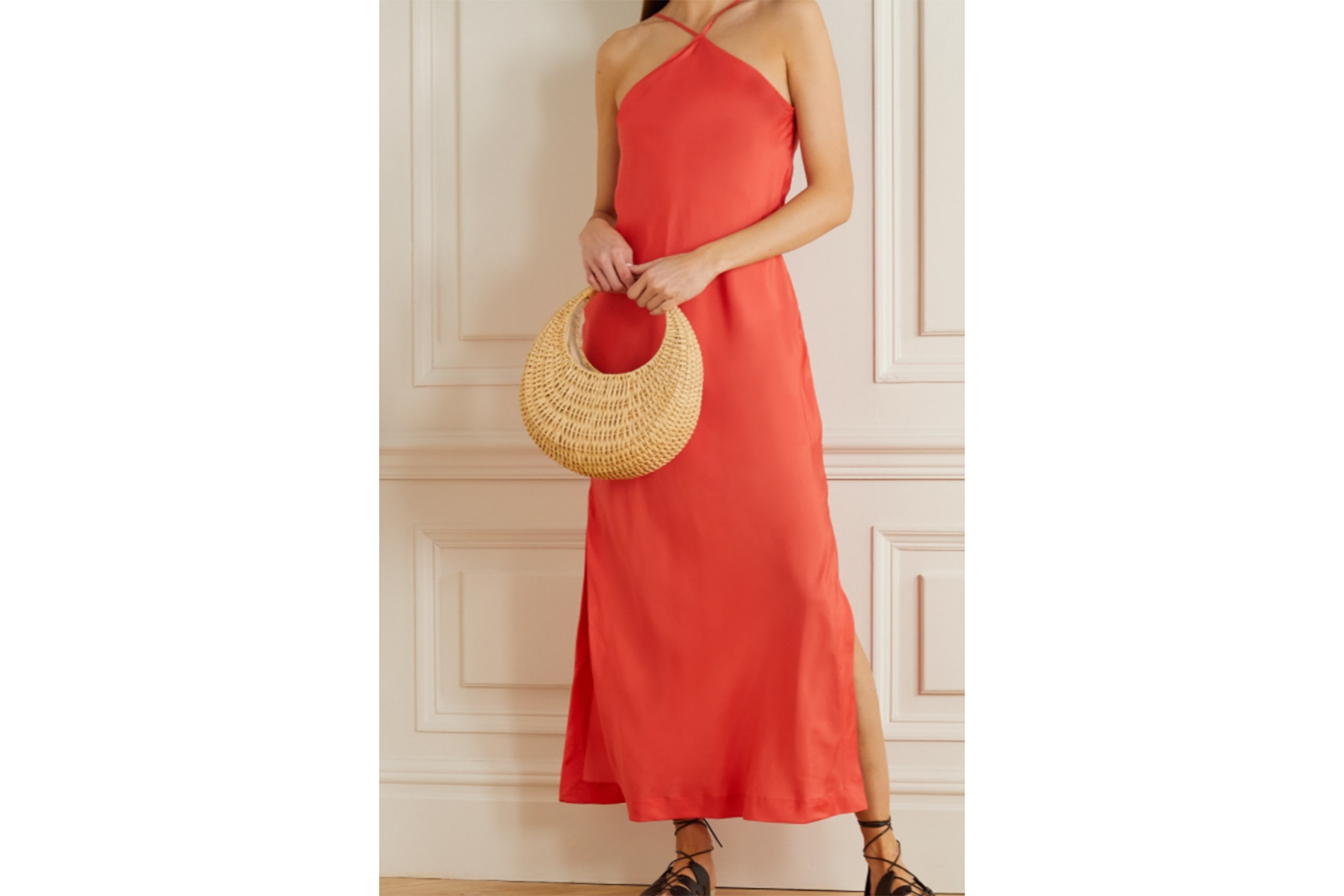
Peace Silk
One way around the ethical issues is to go for peace silk, or Ahimsa silk. The idea is that moths are allowed to emerge naturally before their cocoons are harvested. Although it is slightly lower grade than traditional silk, this cruelty free option has been used by Stella McCartney and Brighton based lingerie designer Ayten Gasson. But with no certification authorities existing to uphold standards, there’s a lot of questions marks around just how ethical this option is – silkworms are often still made to suffer, and there have been cases of normal silk being passed off as the cruelty free version. Instead, go for Wild or Organic silk with a GOTS approval.
Orange
If you can make leather out of mushrooms, why not silk out of oranges? This completely vegan alternative scraps silkworms altogether, instead using orange husks discarded by the juicing industry. The result? Incredibly soft, waste-free vegan silk that made its high fashion debut with Salvatore Ferragamo before going mainstream in a 2019 H&M Conscious Collection (which you can still find on eBay). CEO Enrica Arena, who co-founded Orange Fiber Fabric, says the material has ‘potential for elegant and sustainable applications’ that could make it a ‘reference for fashion players that care about environmental protection and exclusivity.’

Bamboo
You’ve heard of plant milk – now get ready for plant silk. Made by crushing down bamboo fibres and spinning them into yarn, this lightweight fabric has the airy texture of raw silk. Production is labour intensive and waste products can be harmful if not properly disposed of, but this is still a completely vegan alternative that is being made more and more accessible. Cotswolds based swimwear label Tera Dea crafts silky soft bamboo scrunchies and face masks that are kinder on your hair and face than cotton.
Spider Silk
Spider silk is strong, flexible, elastic and perfect for making clothes. That’s not to say you need to start saving cobwebs – Bolt Threads (who also made mushroom leather) have managed to replicate spider silk using a combination of yeast, water and sugar. The resulting ‘microsilk’ is molecularly equal to natural spider silk even though no spiders are involved in the process, and hailed by many as the future of eco-friendly fabric. They’ve already partnered up with Patagonia, Stella McCartney and adidas – so who knows? Spider silk sportswear could be closer than we think.
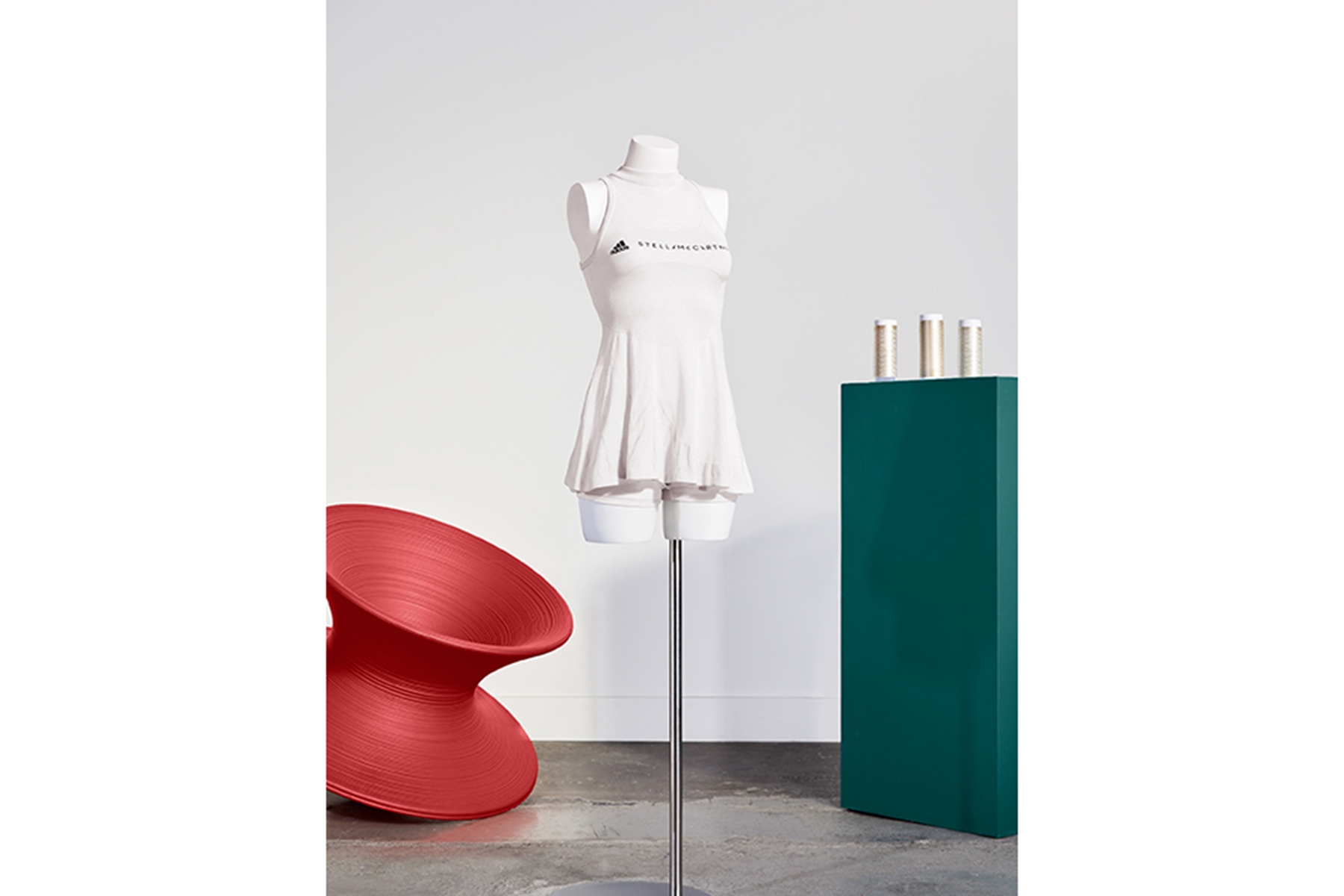
Preloved
Shopping second hand is a sure fire way to lower your carbon footprint, even if it doesn’t guarantee that what you’re wearing was ethically produced. So you can still get that silk scarf you’ve been lusting after – just make sure to source it from a preloved outlet or rental service instead of buying new.
Featured image: Rue S, Unsplash

